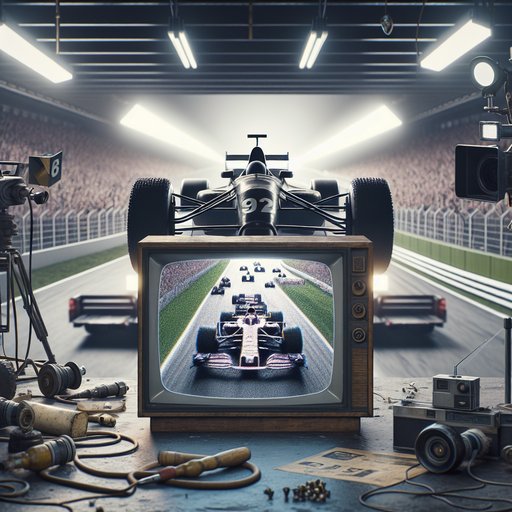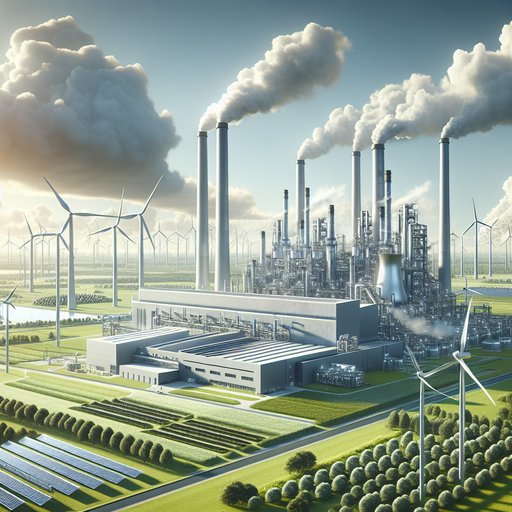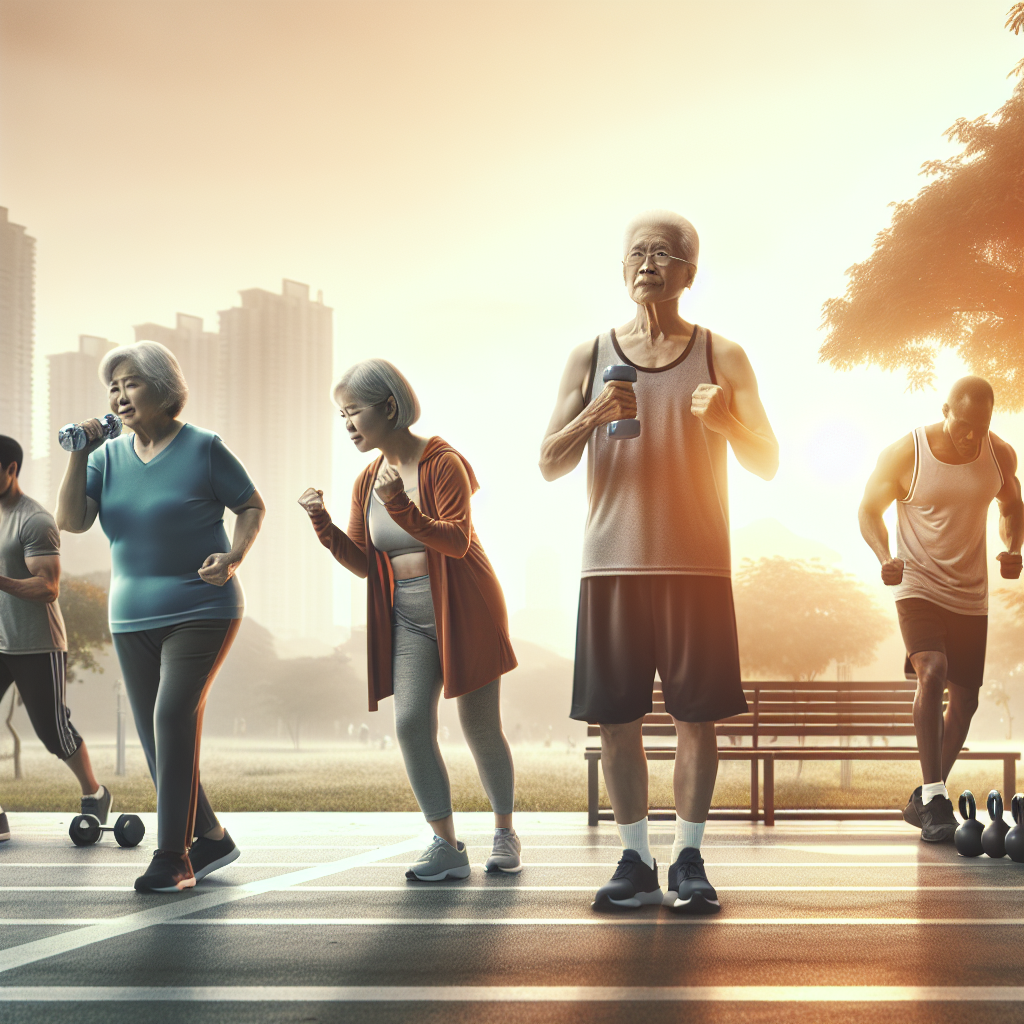
Formula 1’s broadcast journey mirrors the sport’s technological arc: from sporadic, grainy coverage to a global, data-rich experience that places fans virtually inside the cockpit. Over seven decades, innovations like onboard cameras, live telemetry, stabilized aerial shots, and interactive streaming have transformed how stories are told and races are understood. Today’s world feed blends engineering, cinematography, and real-time analytics to deepen comprehension of strategy and skill, inviting audiences to engage with the sport at an unprecedented level. Tracing that evolution reveals how broadcasting did more than show races; it reshaped the narrative of F1 and expanded its audience.

Across global supply chains, manufacturers are pairing meticulous energy efficiency measures with a rapid shift to renewable power, turning utility bills into a source of competitive advantage. Volatile fuel prices, tightening carbon policies, and customer demand for low‑carbon products have pushed energy from a back‑office expense to a board‑level priority. The response blends disciplined, data‑driven housekeeping with transformative changes to heat and power. From motors and steam systems to on‑site solar and long‑term power contracts for wind, the toolkit is now practical, financeable, and widely proven. The result is a quieter revolution on factory floors: less waste, lower costs, and falling emissions without sacrificing output or quality.

As people live longer, the question is no longer whether exercise helps, but how much and what kind yields the greatest return without tipping into overtraining. Decades of research now converge on a clear answer: moderate, regular activity across aerobic, strength, and balance domains delivers most of the health benefits associated with aging well. International guidelines recommend weekly targets that are achievable for busy adults, and the evidence shows substantial gains even when starting later in life. The key is calibrating intensity and volume to stimulate adaptation while respecting recovery, so that movement remains a source of vitality rather than strain. Understanding that balance can turn exercise from a task into a sustainable habit that supports body, brain, and independence.

At sunrise, in a quiet room behind a tangle of street-level fiber conduits, a refrigerator-sized box exhales a steady mechanical breath. It does not store data. It makes keys out of light. Somewhere across town, its twin watches for photons that may never arrive, and in their absence, information appears—random, private, and, if physics holds, auditable down to the atom. Quantum communication has moved from whiteboard doodles to field trials, from a laboratory trick to an instrument that claims to know when an eavesdropper leans in. Its potential is not merely faster or stronger, but stranger: a network that refuses to keep secrets from its users, and refuses to keep secrets from itself.
























































